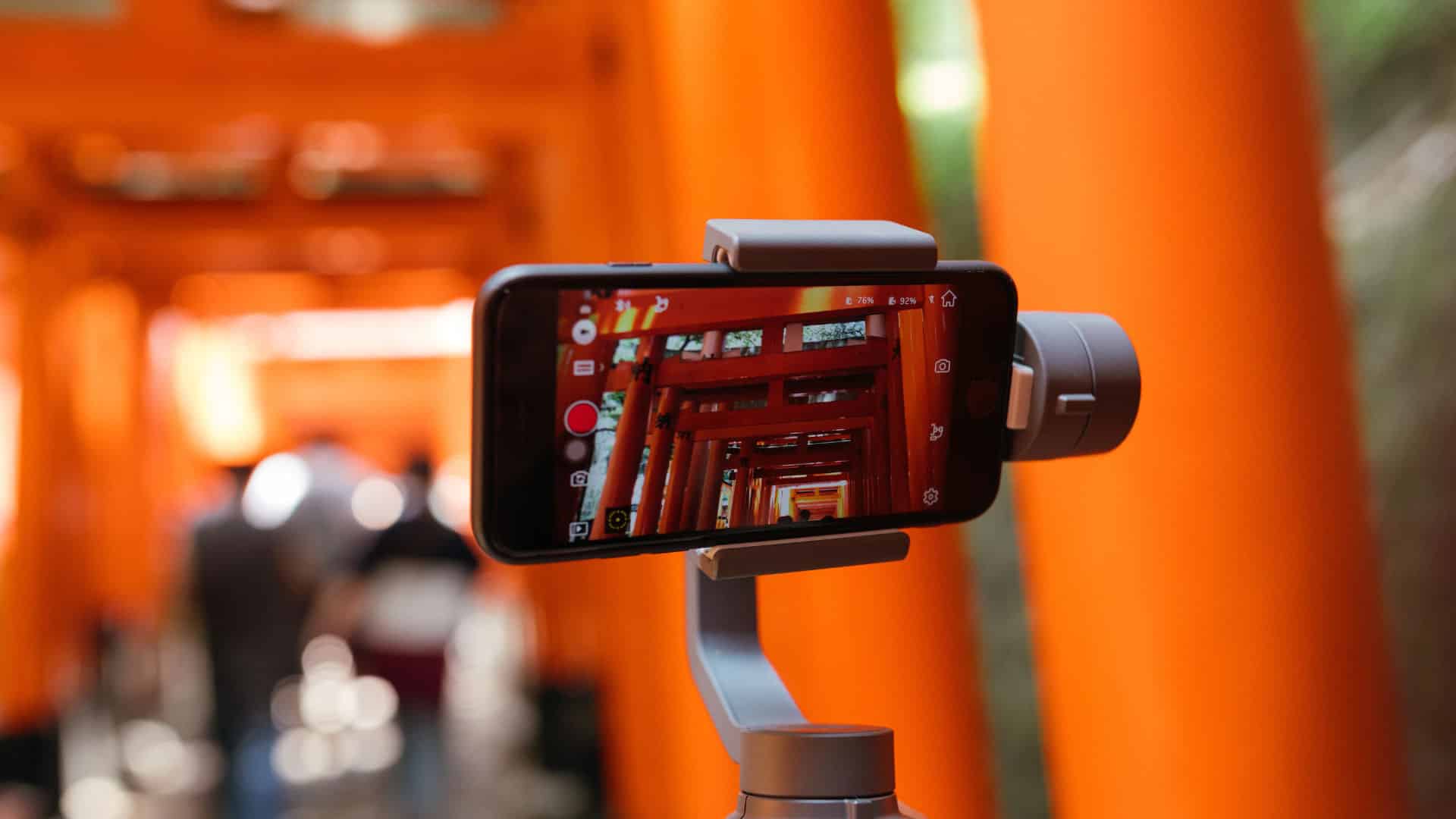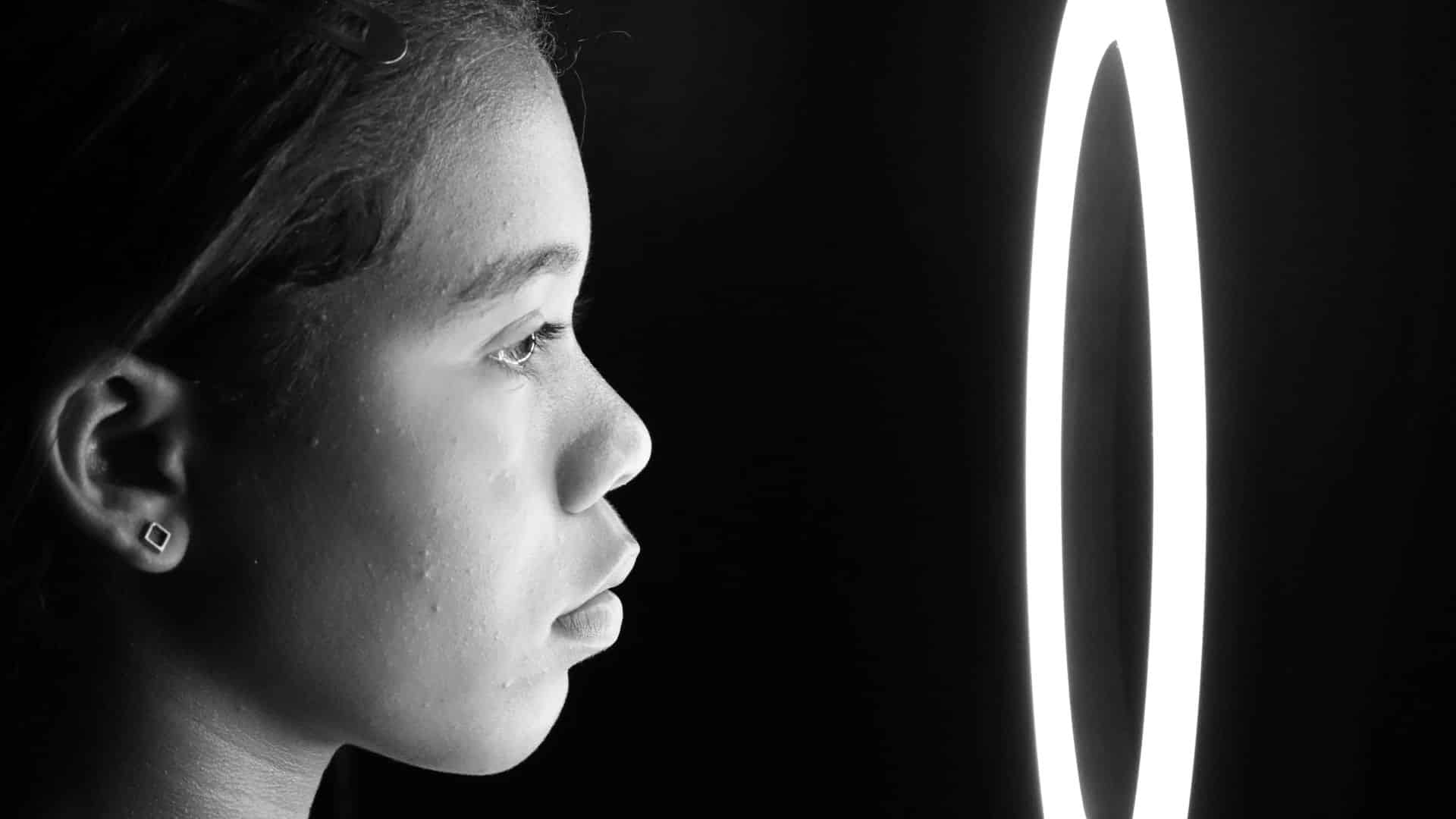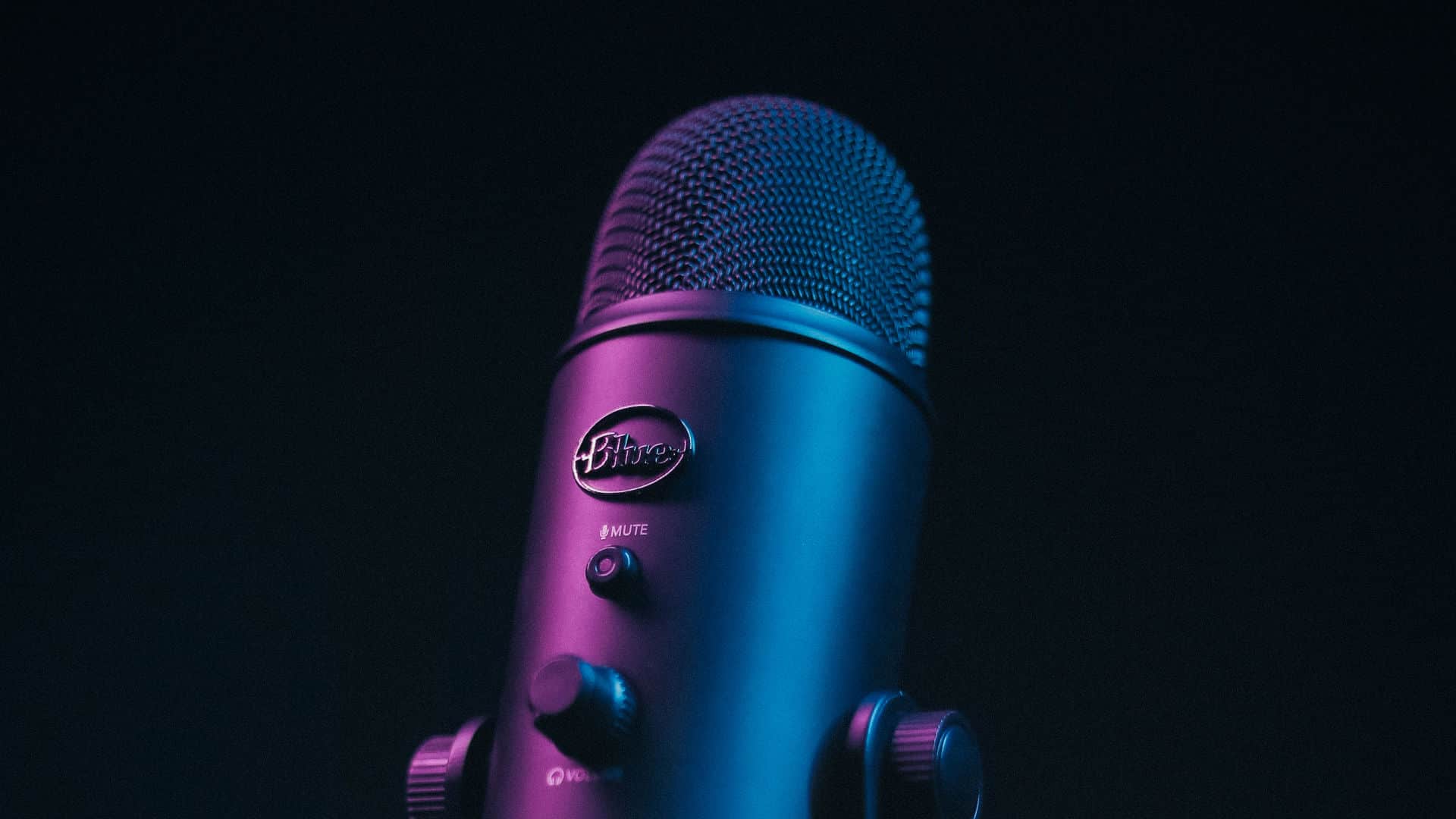- Shooting quality video doesn’t take a professional production team. The smartphone in your pocket will deliver exceptional results.
- Consider investing in quality lighting and audio. Easy and portable options integrate with the smartphone you already have.
- Your workflow never has to leave your smartphone with excellent editing options available directly through your respective app store.
Welcome to this comprehensive guide to shooting a video on a Smartphone for social media! Here, we’ll cover everything you need to know about creating professional-quality video content using only your smartphone.
With the growth of social media platforms and the increasing importance of video in digital marketing, it’s no surprise that more and more people are turning to their smartphones to create and share video content.
Whether you’re a business owner, content creator, or just looking to up your social media game, this guide will provide you with the tools and techniques you need to create engaging, compelling video content.
Key Elements When Shooting a Video for Social Media
Before we dive into the specific tips and techniques, it’s essential to have a solid plan in place for your video, which means determining your goals, audience, and message, as well as storyboarding and scripting your content. Planning ahead will help ensure that your content is cohesive and effectively communicates your message.
Important! Don’t forget to clean your smartphone’s lens before shooting to ensure you get the best possible image quality. A dirty lens can result in blurry, distorted footage.

Composition
Composition is critical when it comes to creating visually appealing video content.
Pay attention to the orientation of your shot. Many guides out there will tell you that a landscape (horizontal) orientation is best for social media. However, it’s best to make that decision based on the platform where you’ll post the video; for instance, professional content for YouTube or LinkedIn should be in a horizontal orientation since it’s more polished and elevated.
On the other hand, portrait orientation is best for other platforms, such as Instagram, Snapchat, and TikTok, since it’s more optimized for the application.
Be mindful of the background of your shot. A clean, uncluttered background will help your subject stand out and avoid distractions. When filming people, consider the placement of your subjects in the frame.
The “rule of thirds” is a helpful guideline to follow. Divide your frame into three equal parts, both horizontally and vertically, and place your subject at one of the intersections of these lines, which helps create a more balanced and visually appealing composition. Finally, lock your exposure and focus on your subject to ensure they are well-lit and focused.

Lighting
Lighting is a necessary element of smartphone videography, as it can make or break the final result of your video. Poor lighting can result in grainy, poorly-exposed footage that is difficult to watch. On the other hand, well-lit footage will look professional and engaging.
When it comes to lighting, natural light is always your best option. Shoot near a window or outdoors on an overcast day to get soft, evenly-distributed light that is easy on the eyes. If you’re shooting indoors, try to use a diffused light source such as a softbox or umbrella to avoid harsh shadows and uneven lighting.
Consider investing in a ring light with a phone mount if you need to use artificial light. These lights provide evenly-distributed, shadowless light that is perfect for shooting close-up shots or vlogs. They’re also compact and easy to use on the go.
It’s also important to pay attention to the direction of your light source. A backlit subject (where the light is coming from behind the subject) can create a silhouette effect, which can be visually appealing in some cases but is generally not recommended for smartphone videography. Instead, position your light source to the side or in front of your subject to create more natural-looking lighting.

Audio
Audio is an often overlooked but vital element of smartphone videography. Poor audio can ruin even the most visually stunning video, while clear, professional-sounding can make a massive difference in your content’s overall quality and effectiveness.
One of the biggest challenges regarding smartphone audio is background noise. Smartphones are not as sensitive as professional audio equipment, so it’s important to minimize background noise as much as possible. You can achieve this by shooting in a quiet location, using a microphone with a noise-canceling feature, or using noise-reducing software in post-production.
Another essential aspect to consider is the use of an external microphone. Smartphone microphones are generally not as high-quality as dedicated audio equipment, so investing in an external microphone can make a big difference in the sound quality of your video. Many options are available, from lavalier microphones that you can clip onto your clothing to shotgun microphones that are mountable on your smartphone.
Finally, remember that audio is often more important than video. If your viewer can’t hear what’s being said, they’ll lose interest quickly. Make sure to prioritize clear, professional-sounding audio in your smartphone videography.

Editing
Editing is an essential step in the process of creating professional-quality smartphone video content for social media. It allows you to polish your footage and add finishing touches such as transitions, text, and music.
There are countless apps and software options available for smartphone video editing, so choosing one that is easy to use and produces good results is essential. CapCut is a popular choice that is straightforward to use and delivers excellent results, but many other options are available, such as Adobe Premiere Rush and FilmoraGo.
When editing your smartphone video, there are a few key things to keep in mind. First, keep your video concise and to the point. Social media users have short attention spans, so getting your message across quickly and effectively is essential.
Next, pay attention to the pacing of your video. Avoid long, static shots and instead use a variety of shot types (such as close-ups, wide shots, and medium shots) to keep the viewer engaged. Use transitions between shots to smooth out the flow of your video and add visual interest.
Finally, consider adding text and music to your video. Text can provide context or highlight key points, while music can help set the tone and mood of your video. Just be sure to use music that is royalty-free or that you have the rights to use to avoid any copyright issues.
The Bottom Line
Shooting videos on a smartphone for social media is a powerful way for businesses and content creators to engage with their audience and build their brands. By following the tips and techniques outlined in this guide, you’ll be well on your way to creating professional-quality smartphone video content that is engaging, effective, and sure to get noticed on social media.




